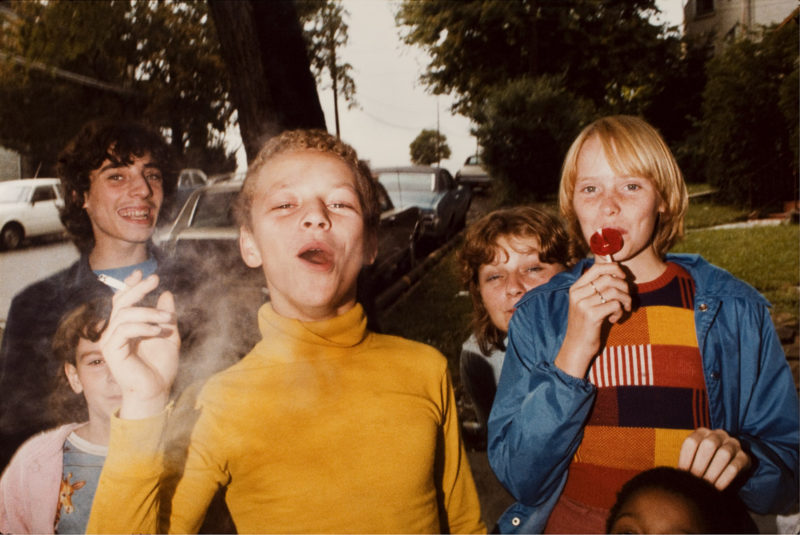Sometimes, you just got to wonder what the history of fine-art photography would look like if its practitioners and theorists were just a tad less dogmatic and more open to what the non-art part of photography had and still has to offer. It is understandable that art photographers in the late 19th Century wanted to have something that looked like art, so they came up with pictorialism (you can still find this very same sentiment behind a lot of the toy-camera movement today). But then that’s a curious idea of what art is about, isn’t it? And it does seem to speak much more of a deep-seated lack of confidence in one’s own abilities, if one feels the need to set yourself apart from something else that’s “too commercial” or whatever other criteria were and still are being used. Oh, the horrors of advertizing photography!
Where pictorialism didn’t really cause any other harm than, possibly, viewers feeling there was a bit too much photo syrup involved, at other times art photography’s obstinance in the face of perceived threats from the unwashed masses and their photography has led to less than what could have been. The history of colour photography provides a prime example. For the longest time, large parts of the art world rejected colour photography for reasons that, frankly, are too inane to repeat here. Finally, in 1976, MoMA, then the widely accepted arbiter of art photography, embraced colour photography in the form of William Eggleston, while still noting, in the press release, that the “new generation” Eggleston belonged to, were different than the photographers before them “whose color work has either been formless or too pretty”: “In their work the role of color is more than simply descriptive or decorative”.
There have been many attempts to set the record straight over the past few years, looking at and/or discovering many of those artists whose work was deemed “formless or too pretty” by John Szarkowski et al. John Rohrbach’s Color, the catalog of an exhibition at the Amon Carter Museum of American Art, provides a deep study of the evolution of colour photography in the United States. Those tempted to gripe about the omission of non-US work might find solace in the fact that seeing the breadth and quality of colour photography in the United States alone makes its omission from the art-photography canon for such a long time look foolish enough. In addition, focusing on the US offers a focus that adds depth. In contrast, aiming for completeness in a global survey could have easily diluted the scope (and this ignores the various other challenges such an approach might have produced).
In four major chapters, the book explores the development of color photography from the earliest days until today (there’s another short chapter that focuses entirely on its technical aspects – certainly a must read for anyone seriously interested in photography). Each chapter comes with a large number of example images, both smaller ones next to the text itself and a block of larger plates. The reproduction quality of the photographs in the book is very, very good, resulting in quite a few of discoveries and re-discoveries of photographers. Rohrbach goes into considerable detail discussing photographer’s reactions to or theories of colour photography.
Its photohistorical aspects aside, I think Color can serve two additional purposes. First, as I already mentioned there are discoveries and re-discoveries to be made (I’m tempted to think some re-assessments of famous work might also be a good idea). But there also is a lesson here. In the arts, sticking to dogma and rigid ideas hardly ever makes a lot of sense, certainly not in the long term.
We might find it easy to shake our heads about the dismissal of colour photography in the past. But isn’t there just as much misguided dogma today? How about the idea that there’s a flood of photographs, which, as some artists claim, makes one wonder why to take photographs at all? Isn’t that just the same idea that brought us pictorialism or a rejection of colour – the idea that somehow, artists must fight against what dilutes their oh-so precious endeavour? What if we all just stopped worrying about dogmas and started making pictures, and, crucially, appreciating all pictures? Maybe then nobody will have to write a book like Color in thirty or forty years, making future reviewers wonder what we were possibly be thinking when we worried ourselves sick over “too many pictures.”
Color: American Photography Transformed; written by John Rohrbach, with an essay by Sylvie Penichon; 344 pages; University of Texas Press; 2013
Ratings explained here.
